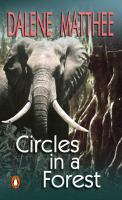What do you think?
Rate this book


305 pages, Hardcover
First published January 1, 1984
It took him four years to learn that life was a crooked circle. The woodcutter killed the Forest, the wood-buyer killed the wood-cutter. Round and round and round you walked the crooked circle. Year in, year out.